The Journey of Diamonds at Tiffany & Co.
Every famous blue box diamond has a beautiful, ethical story to tell. Now the celebrated jeweler is letting in on the journey of a Tiffany diamond.
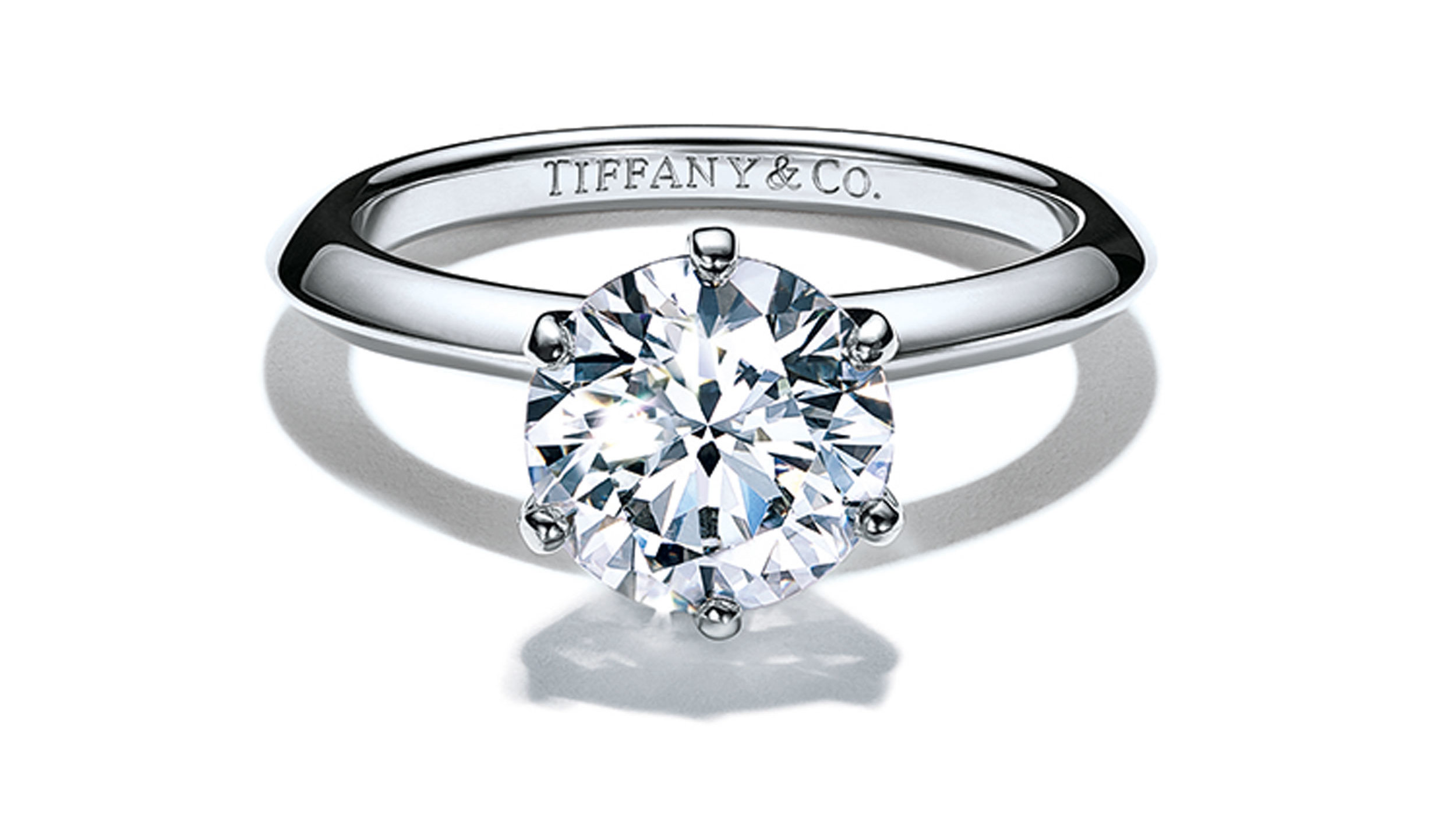
Dilemma: As you contemplate a big important piece of diamond jewelry—OK, maybe it’s not that big, but it’s super important to you!—, you can’t stop wondering if the glittering prize has a fraught back story. How can you be sure that it has been created ethically and fairly?
In short, you want transparency—the kind that goes beyond the clarity of your stone. And rightfully so.
Think about it: we are demanding to know the provenance of so many things that enrich our daily lives—everything from farm-to-table food to where and how our favorite fashions are made. So don’t we also deserve to know how our exquisite example of diamond jewelry was created?
Tiffany’s latest initiative comes at just the right time, and is such good news. What the company is calling its diamonds’ “full craftsmanship journey, ” is a new commitment to full disclosure, which begins as soon as a Tiffany-registered diamond of 0.18 carats or larger is unearthed, and ends the day it finds a home in a famous blue box.
Step 1 – Sourcing
The journey begins with ethically sourced diamonds: Tiffany diamonds are mined in countries that include Australia, Botswana, Canada, Namibia, Russia and South Africa among others. Next stop is Antwerp, Belgium, where each individual diamond’s origin is recorded, then sorted for size, color, clarity and fluorescence.
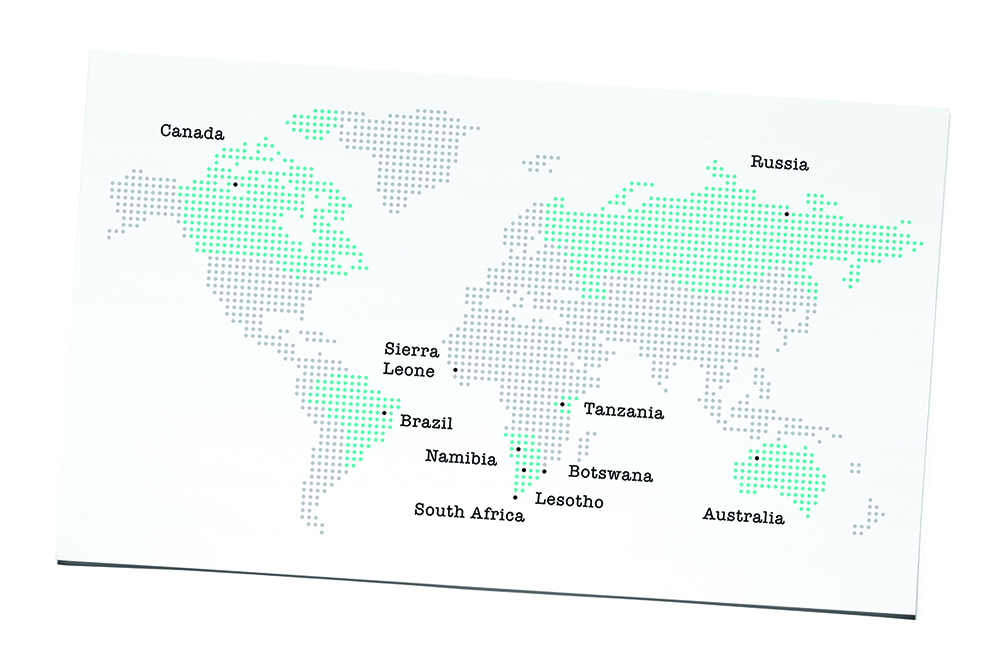
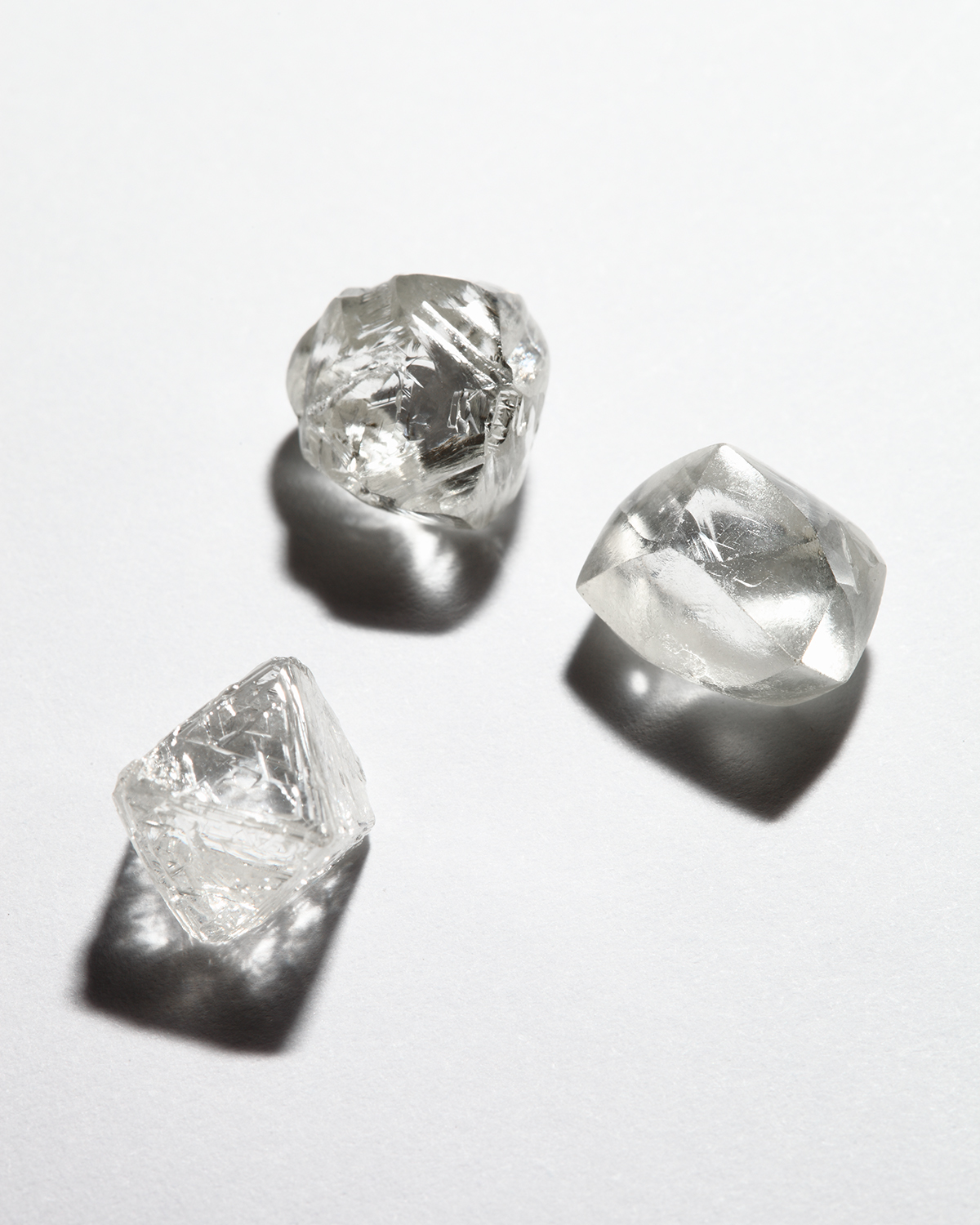
Step 2 – Sorting
The next step is polishing and cutting diamonds, at workshops in Mauritius, Botswana, Vietnam, Cambodia and Belgium. Tiffany promises that such facilities offer safe and healthy work environments, and adhere to health and safety standards which, in many places, go above and beyond local laws. The company adds that it is also committed to hiring locally, investing in communities and providing a living wage for employees in developing countries.

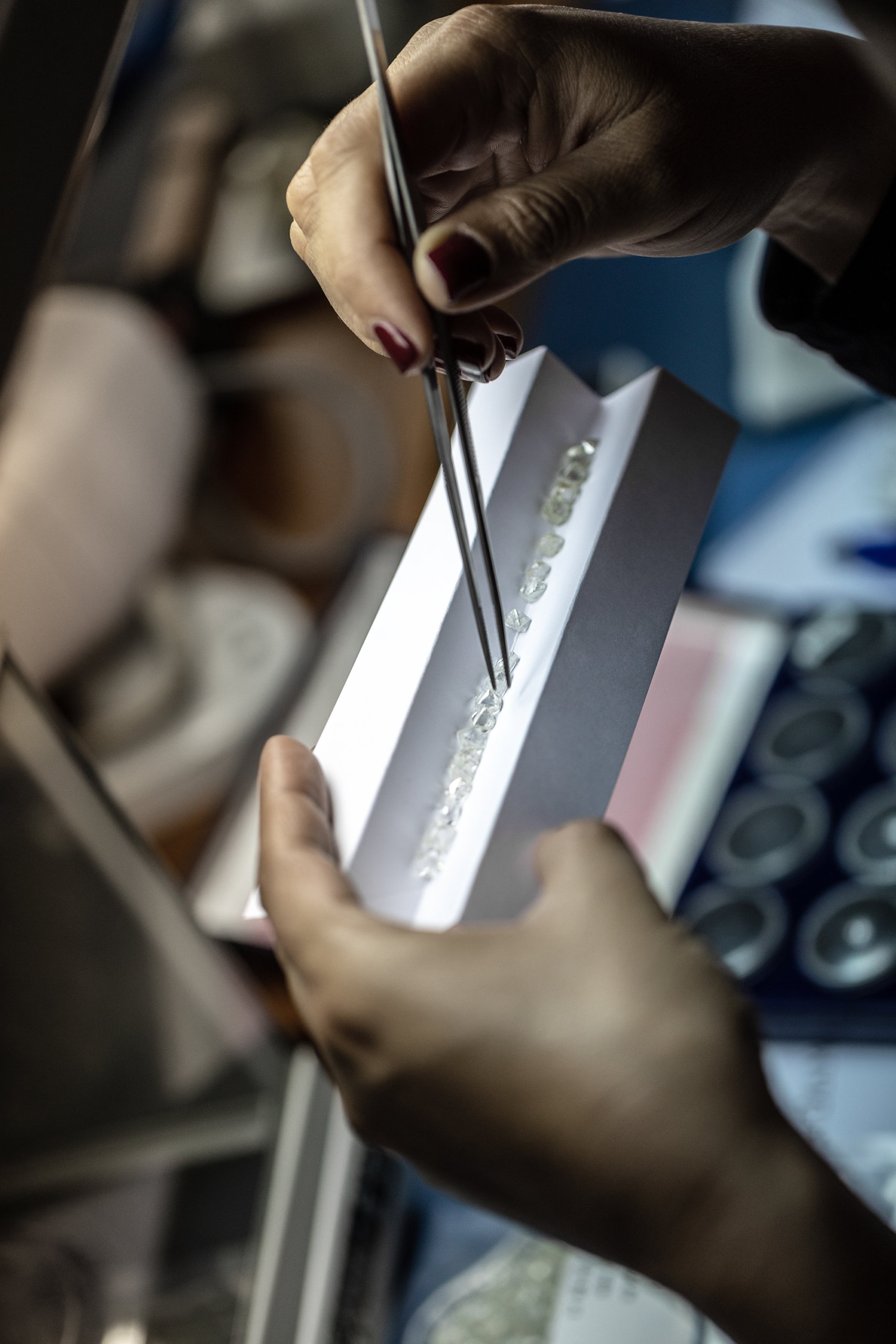
Step 3 – Cutting and Polishing
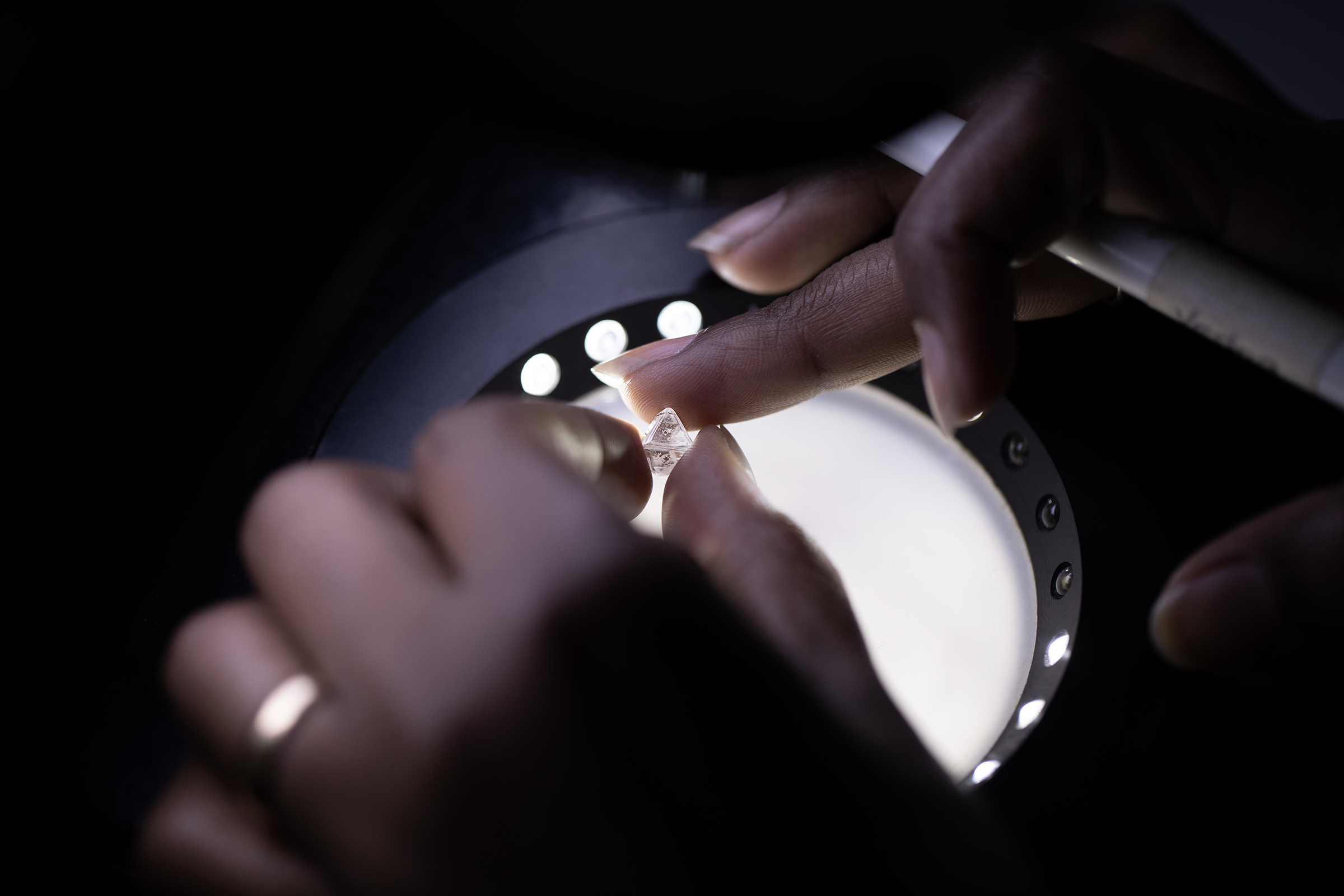
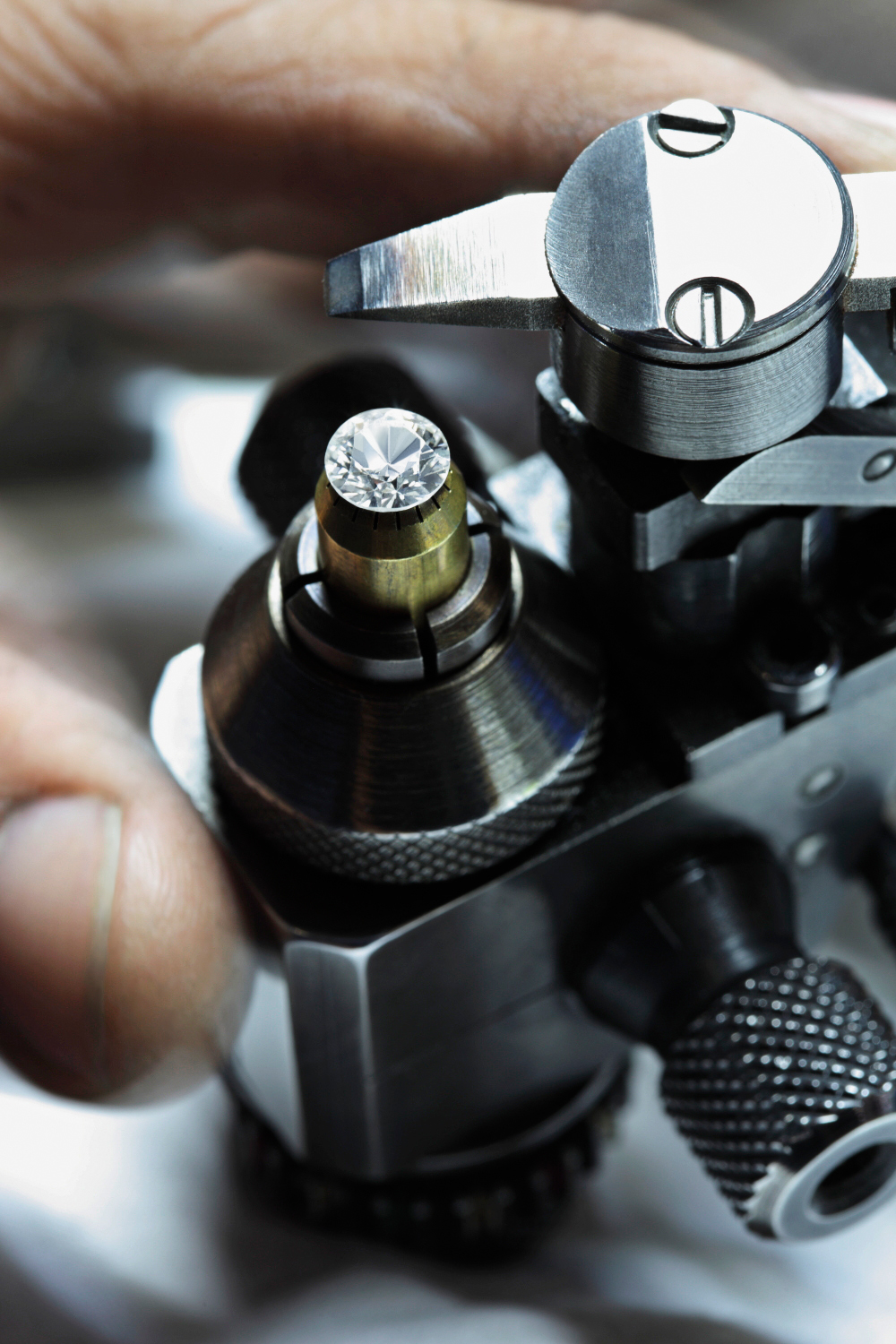
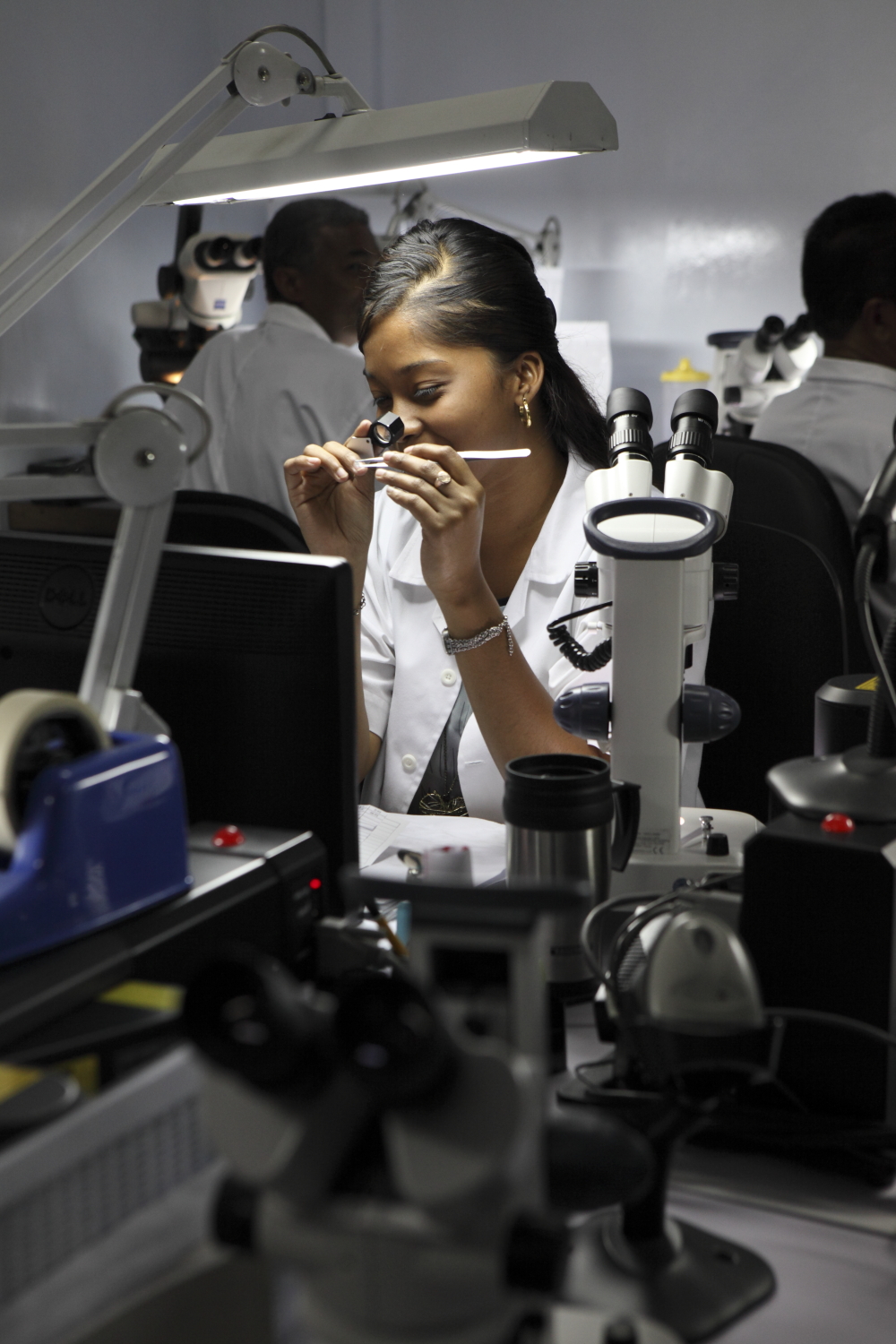
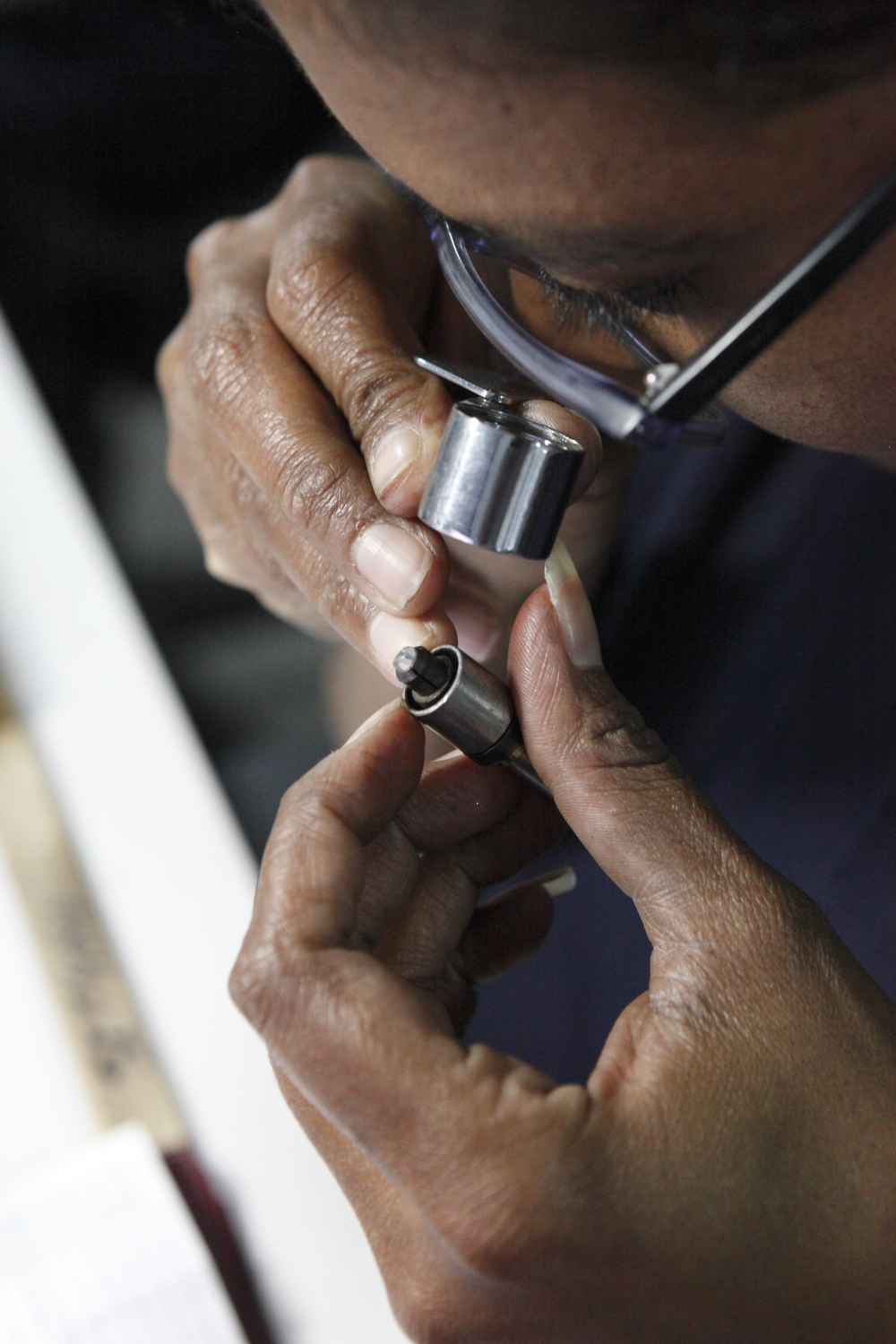
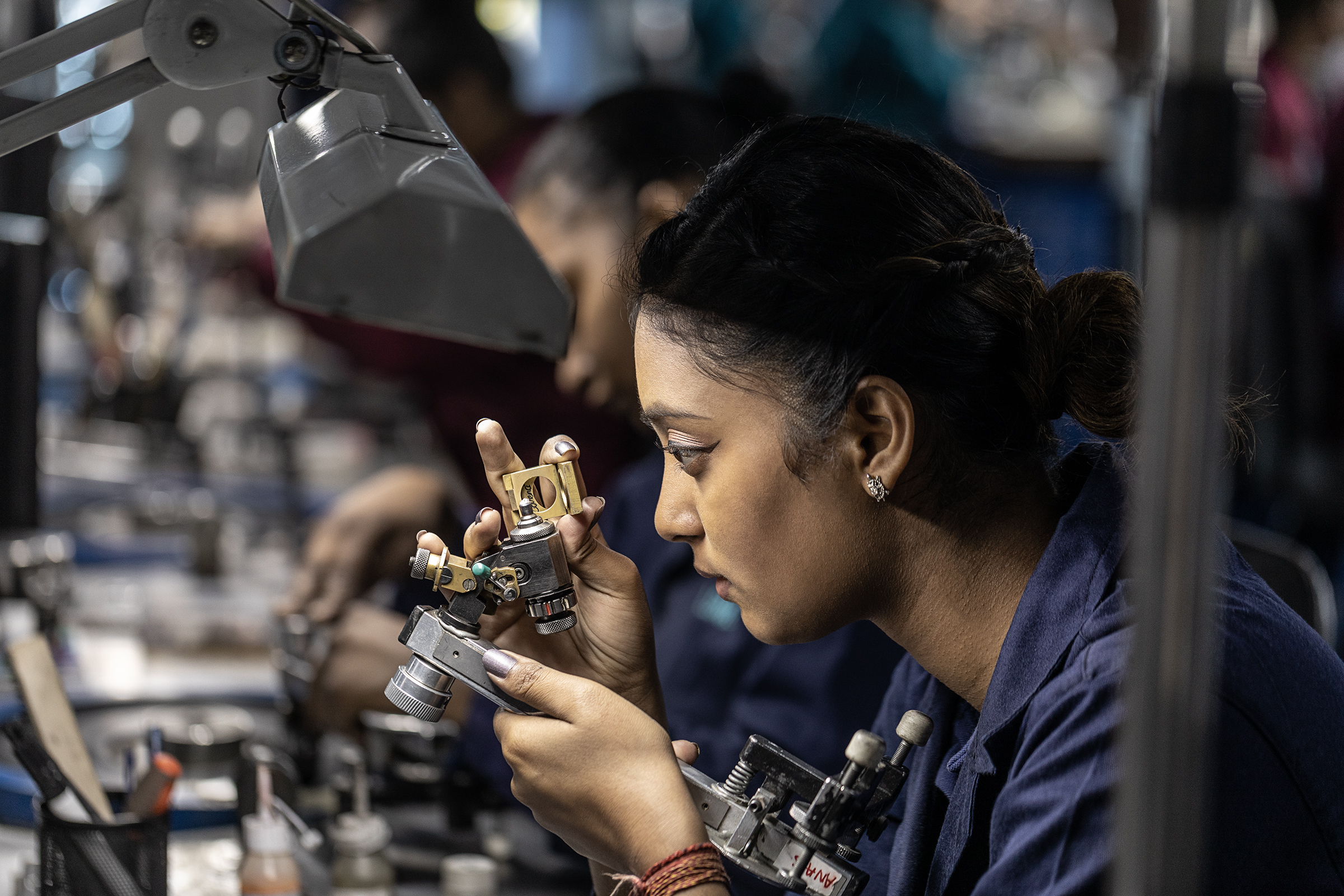
Step 4 – Quality Assurance
The penultimate stop is a Tiffany workshop (usually in the U.S.) which is where setting diamonds occurs, and the finished jewels are place in a Tiffany blue box — or, better yet, a green one; its paper hails from sustainable sources, including FSC®-certified and recycled materials.
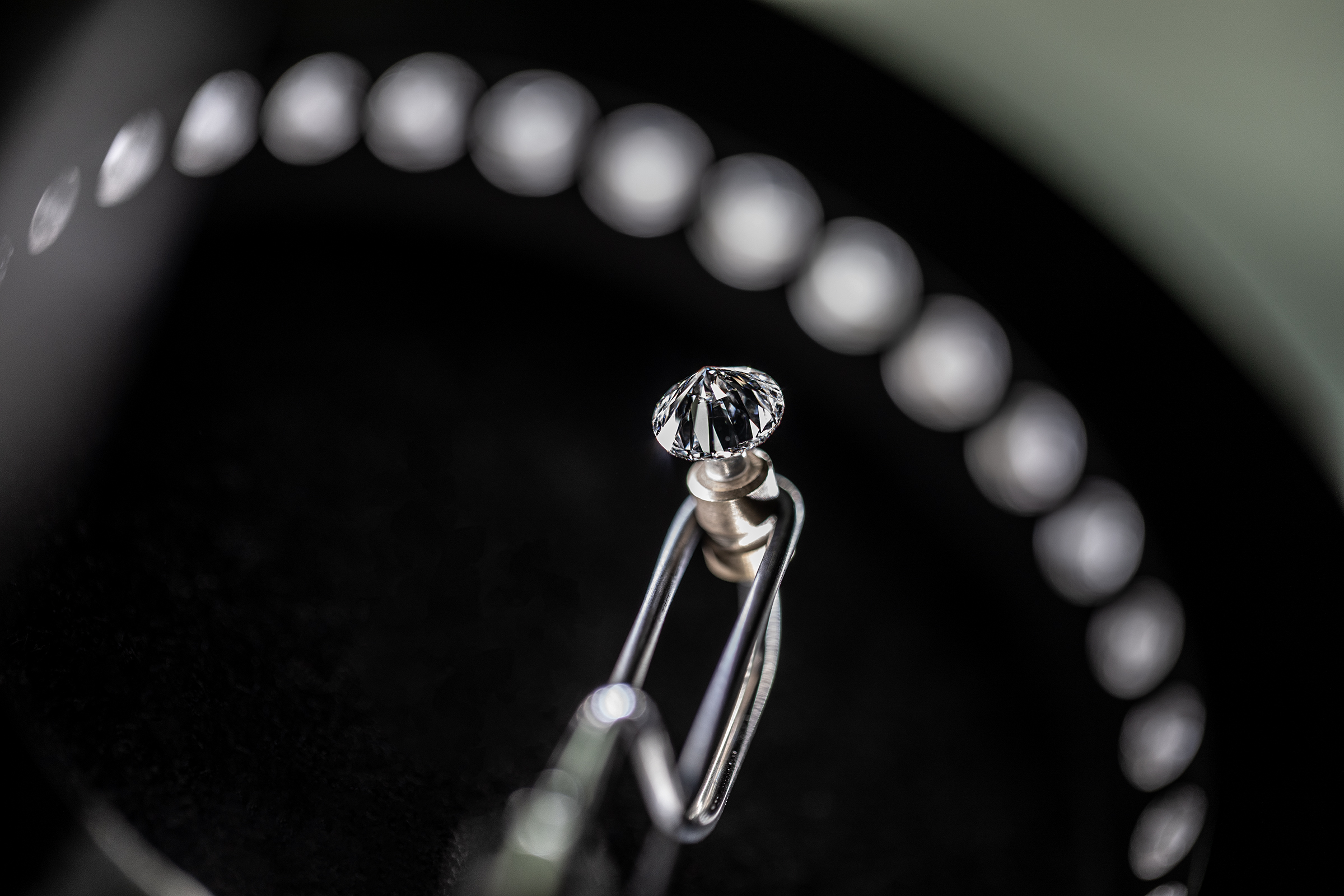
Step 5 – Diamond Certification
Lastly—and perhaps most importantly—how will you know all this? Because Tiffany will provide a Diamond Certificate, detailing the history of your new best friend.

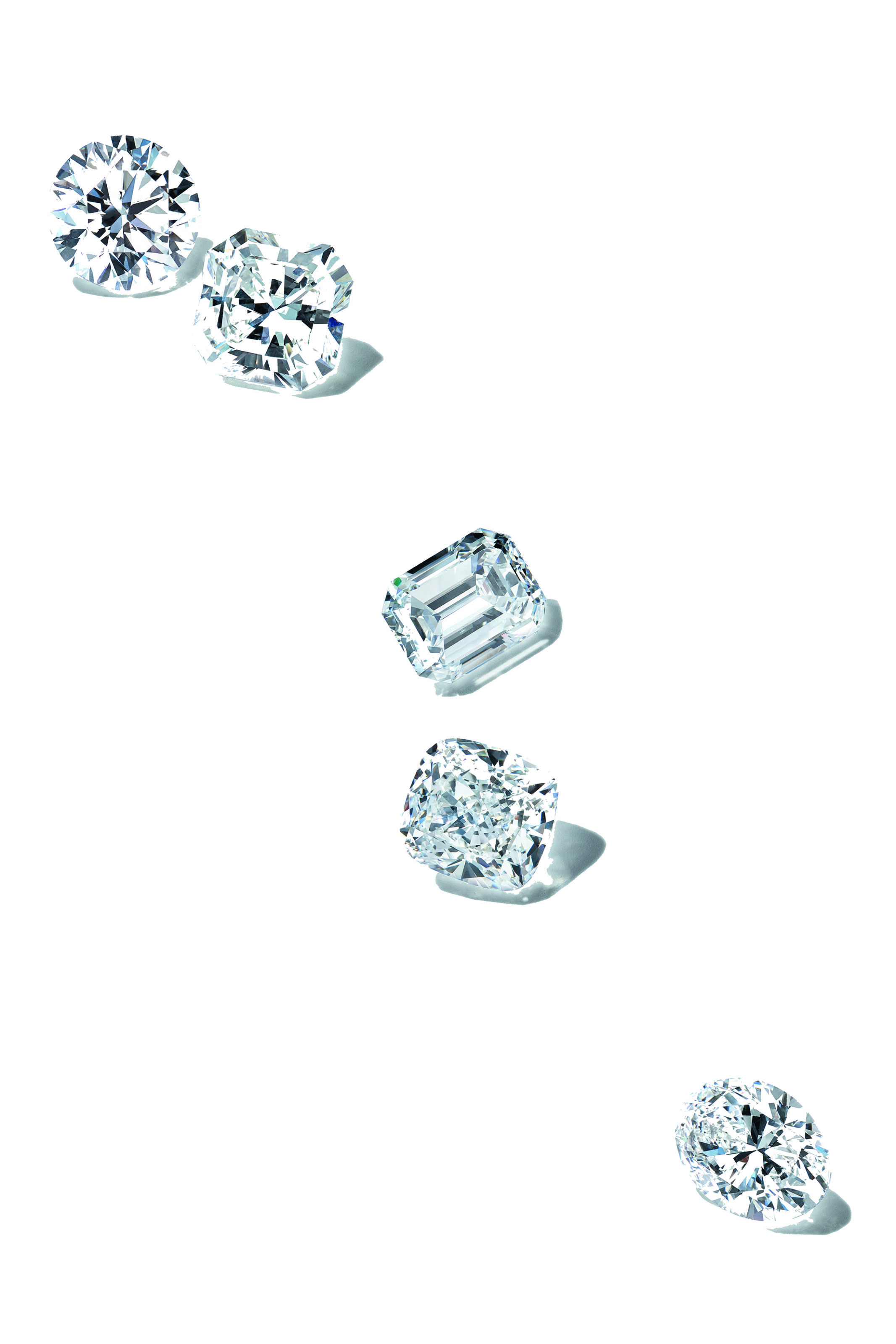
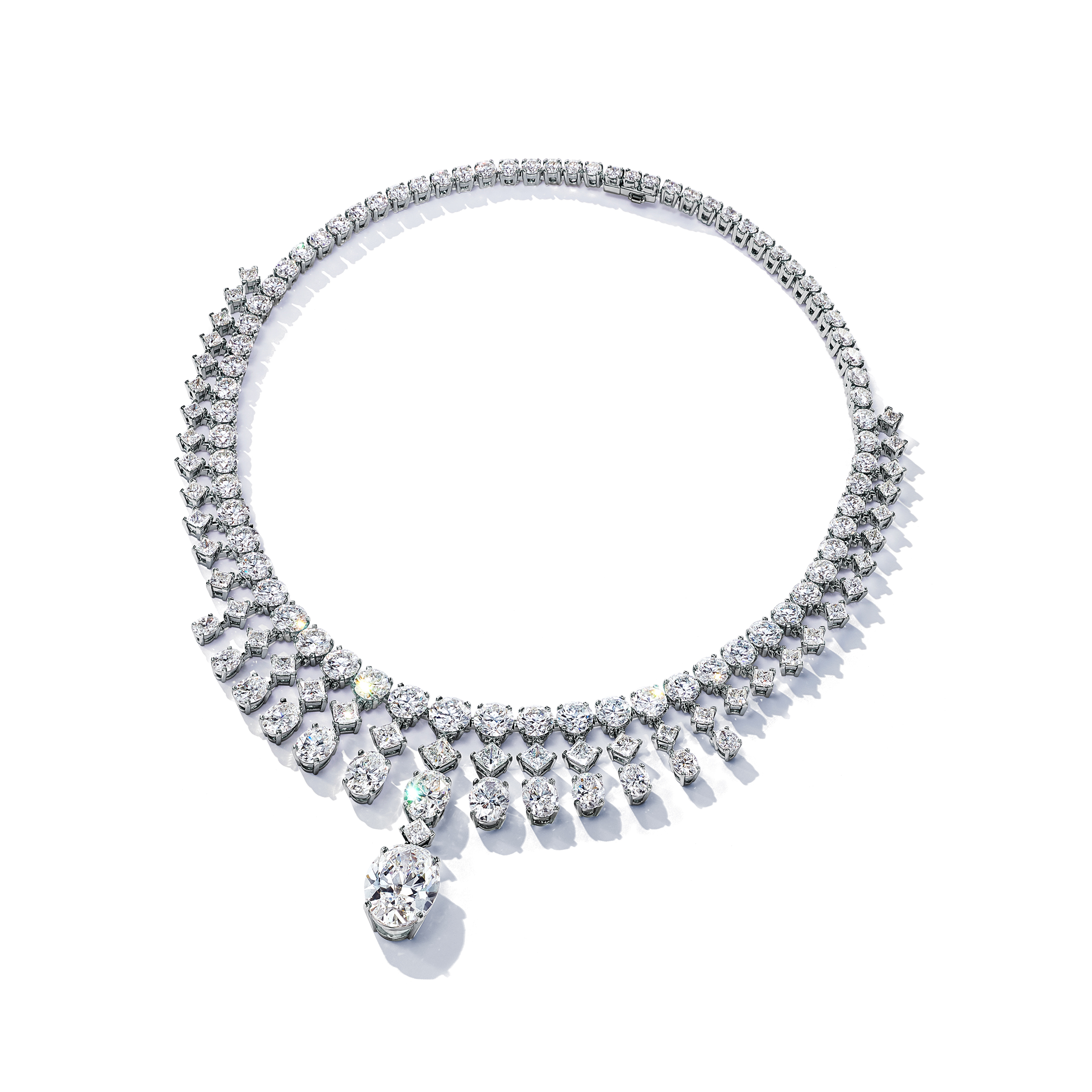
Tiffany’s Chief Sustainability Officer, Anisa Kamadoli Costa, says that the company is forward looking with this initiative. “Broadly speaking, a challenge for leading companies is that complex global supply chains have not yet caught up with consumer or company demands for transparency and traceability,” she explains. “This is why long ago, Tiffany & Co. realized that our best means of ensuring a socially and environmentally responsible supply chain was to go above and beyond industry standards and control as much of our supply chain as possible.”
Or to put it another way, to the Diamond 4C’s that define a diamond—Clarity, Carat, Color and Cut—Tiffany now proudly adds a fifth: Certificate! Confirming that your diamond not only looks beautiful but has a beautiful story to tell.
